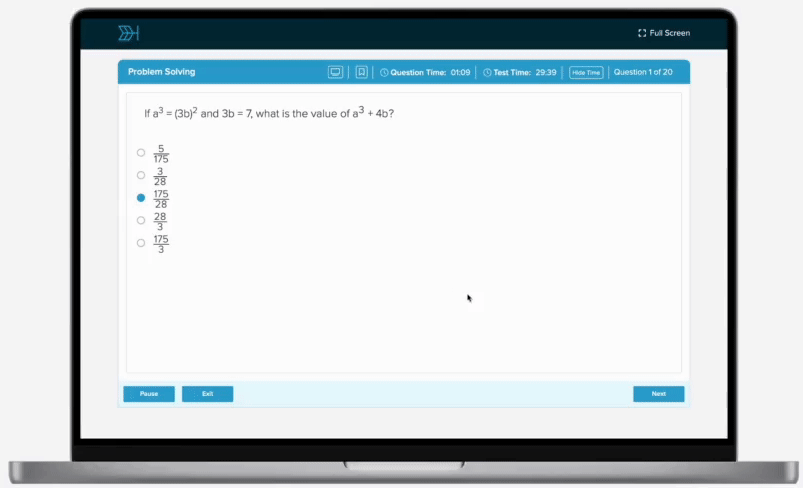Question
S1: Daylight Savings Time (DST), defined as the practice of advancing clocks by one hour in spring, and back one hour in autumn, was introduced in the United States in the spring of 1918 as a perfectly logical wartime measure to save an hour’s worth of fuel each day by reducing the use of artificial light. S2: However, the downsides to this policy currently outweigh the benefits, and therefore DST should be abolished in the United States. S3: Recent research has found that disturbing people’s regular sleep patterns, even by just one hour, can have a negative impact on people’s natural circadian rhythms and health. S4: Notably, one study found that an individual’s risk of experiencing a heart attack increases by 10 percent during the two days following the spring time change. S5: Furthermore, experts on the body’s relationship with light and dark, such as chronobiologist Till Roenneberg, note that the drawbacks of DST include a substantial decrease in employee productivity. S6: While supporters of DST assume that people can quickly adjust, Roenneberg notes that the body clock does not adjust to DST social clock time even over months. S7: Another often overlooked factor is the opportunity cost of the time spent moving hundreds of millions of clocks forwards and backwards each year; one 2008 economic analysis puts this cost at $1.7 billion annually. S8: Naturally, with the numerous problems caused by DST, there is public support for eliminating the time change; a 2019 AP-NORC poll found that only 28 percent of U.S. S9: adults want to continue changing the clocks twice each year.
According to the passage, the health impact of the practice of Daylight Savings Time
is the main concern of Till Roenneberg
is a larger problem in the United States than it is in other countries
involves an increased risk of heart attacks after the autumn time change
is negative but limited to disturbances to people’s sleep patterns and circadian rhythms
has been shown to include a measurable decrease in the likelihood that the average person will not experience a heart attack









